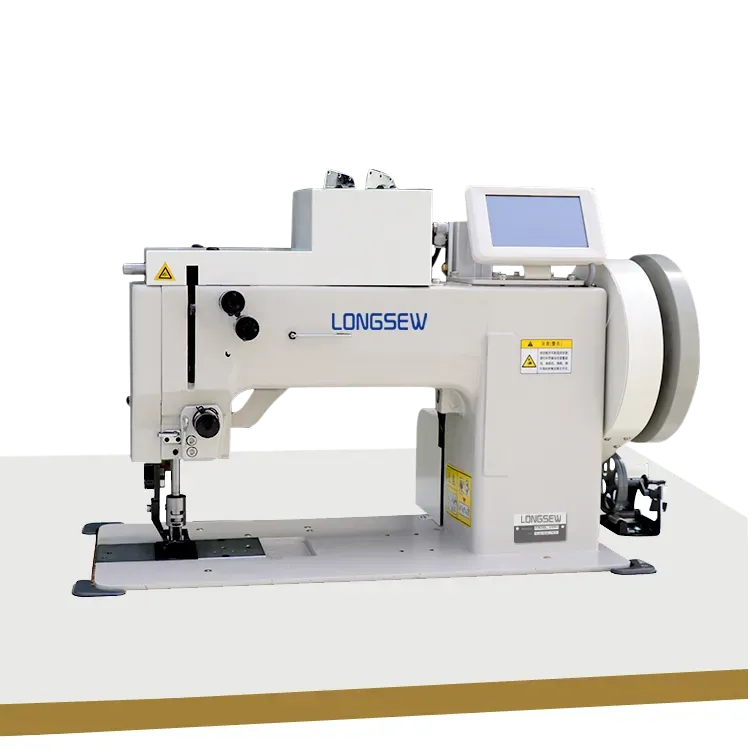Essential Guide to Basic Sewing Techniques and Tips for Beginners
Basic Sewing Instructions A Step-by-Step Guide
Sewing is a skill that continues to be relevant and enjoyable in today’s world. Whether you’re mending a tear, creating a custom piece of clothing, or crafting home decor, knowing the basics of sewing can empower you to take on various projects with confidence. Here’s a guide that introduces you to basic sewing instructions to get you started.
1. Gather Your Supplies
Before you begin sewing, it’s essential to gather the right tools and materials. Here’s a list of basics you’ll need
- Sewing Machine While hand sewing is a skill worth having, a sewing machine can expedite many projects. - Fabric Choose appropriate fabric for your project. Cotton is great for beginners due to its ease of handling. - Thread Make sure to use a thread that matches your fabric. Polyester thread is versatile and works well for most projects. - Needles For machine sewing, keep a variety of needles such as universal, ballpoint, and quilting needles. - Cutting Tools Fabric scissors or rotary cutters are essential for cutting fabric accurately. - Measuring Tools Use a measuring tape, ruler, and fabric marker or chalk for precise measurements. - Pins and Clips These tools help hold your fabric in place while you sew. - Iron Pressing fabric is an essential step for achieving professional-looking seams.
2. Prepare Your Fabric
Before cutting your fabric, pre-wash it to remove sizing and prevent shrinkage. Once dry, iron your fabric to smooth out any wrinkles. Lay the fabric on a flat surface, and use your measuring tools to mark the pattern pieces or dimensions you plan to cut out. Carefully cut the fabric, ensuring clean edges.
3. Learn Basic Stitches
Understanding a few basic stitches is vital for any sewing project
. Here are a couple to get you startedbasic sewing instructions

- Straight Stitch The most fundamental stitch; it’s used for seams and hems. Set your machine to a straight stitch mode and adjust the stitch length according to your fabric type. - Zigzag Stitch This stitch prevents fabric from fraying and is useful for finishing raw edges. Adjust the machine settings for width and length to suit your needs.
4. Pin and Sew
Once your fabric pieces are cut, it’s time to pin them together. Start by placing the right sides of the fabric together. Use pins or clips to secure the edges, ensuring that the layers don’t shift while you sew. Sew along the pinned edges, making sure to backstitch at the beginning and end of your seams for added security.
5. Finishing Touches
After sewing the seams, you’ll want to finish the edges to prevent fraying. You can use a zigzag stitch or a serger if you have one. Press your seams open with an iron to flatten them, which will give your project a polished look. Finally, if your project involves hems, fold the fabric edge to the inside and sew a straight stitch for a clean finish.
6. Troubleshooting Common Issues
As a beginner, you might encounter some common sewing issues. If your stitches are uneven, check your tension settings on the sewing machine. If the thread is breaking, ensure you’re using the correct needle and thread combination. Always refer to your sewing machine manual for any specific troubleshooting tips.
Conclusion
Sewing can be a rewarding and creative outlet, allowing you to express your style and create unique pieces. Following these basic sewing instructions will provide you with a solid foundation to tackle a variety of sewing projects. Remember that practice makes perfect, so don’t be afraid to experiment and learn from your mistakes. Happy sewing!
-
Heavy Duty Leather Sewing Machine: A Must-Have for Professional LeatherworkNewsMay.28,2025
-
Leather Sewing Machine: Essential for High-Quality LeathercraftNewsMay.28,2025
-
Extra Heavy Duty Sewing Machine for Premium Leather ApplicationsNewsMay.28,2025
-
Walking Foot Cylinder Arm Sewing Machine: Precision and Power CombinedNewsMay.28,2025
-
Industrial Cylinder Arm Sewing Machine: Engineered for High-Performance StitchingNewsMay.28,2025
-
Cylinder Bed Sewing Machine: A Powerful Solution for Precision StitchingNewsMay.28,2025
-
Zigzag Sewing MachineNewsMay.12,2025





























